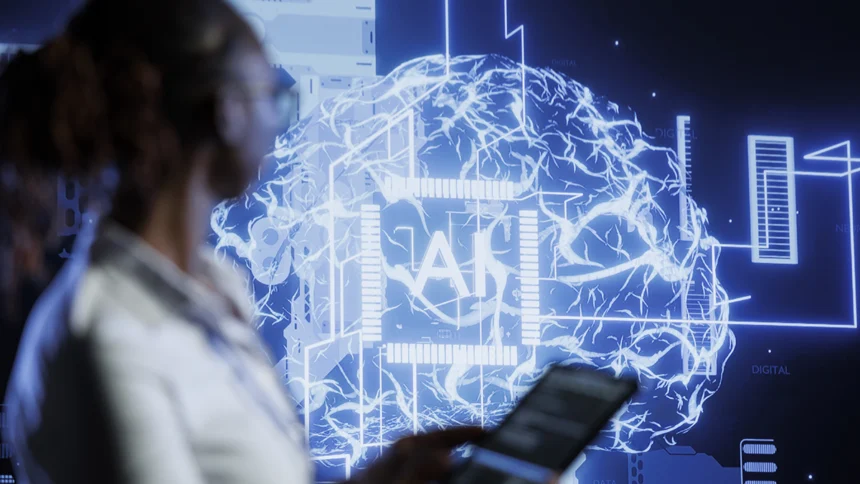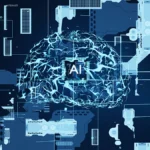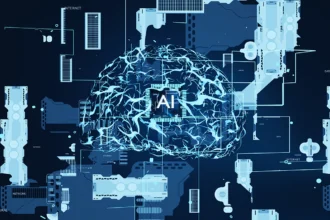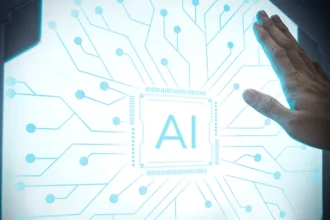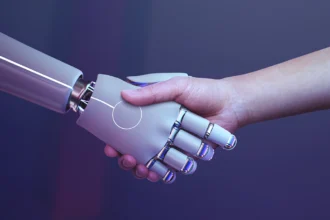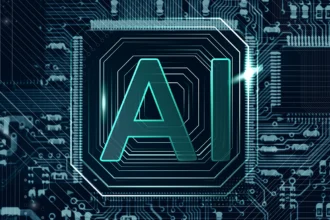Are you curious about how artificial intelligence (AI) is transforming our world? Do you wonder how machines can learn, adapt, and make decisions just like humans? If you’ve been asking these questions, you’re in the right place. In this comprehensive article, we’ll dive deep into the world of AI algorithms, shedding light on the technology that powers today’s smartest systems.
Understanding AI Algorithms
Artificial intelligence relies heavily on algorithms, which are essentially sets of rules or instructions given to a computer to help it learn on its own. Let’s explore some of the most important AI algorithms you need to know.
1. Neural Networks
What are Neural Networks?
Neural networks are the backbone of deep learning. Inspired by the human brain, they consist of layers of nodes (neurons) that process data, learn patterns, and make decisions. Each node is connected to others, forming a network that can recognize complex patterns and make predictions.
Key Features:
- Deep Learning: Neural networks with many layers (deep networks) can learn intricate patterns in large datasets.
- Applications: Image and speech recognition, natural language processing, and game playing.
2. Decision Trees
What are Decision Trees?
Decision trees are simple yet powerful tools used for classification and regression tasks. They split data into branches based on feature values, helping to make decisions by following a tree-like model of choices.
Key Features:
- Interpretability: Easy to understand and visualize.
- Applications: Fraud detection, credit scoring, and medical diagnosis.
3. Support Vector Machines (SVM)
What are Support Vector Machines?
Support vector machines are supervised learning models used for classification and regression analysis. They work by finding the hyperplane that best separates different classes in the data.
Key Features:
- Robustness: Effective in high-dimensional spaces.
- Applications: Handwriting recognition, bioinformatics, and face detection.
4. Clustering Algorithms
What are Clustering Algorithms?
Clustering algorithms group data points into clusters based on their similarities. Unlike supervised learning, clustering is an unsupervised learning technique that doesn’t rely on labeled data.
Key Features:
- K-Means Clustering: One of the most popular clustering methods.
- Applications: Customer segmentation, market research, and social network analysis.
5. Reinforcement Learning
What is Reinforcement Learning?
Reinforcement learning is a type of machine learning where an agent learns to make decisions by taking actions in an environment to maximize some notion of cumulative reward.
Key Features:
- Trial and Error: Learning through interaction and feedback.
- Applications: Robotics, gaming, and autonomous driving.
Table: Key AI Algorithms and Their Applications
| Algorithm | Key Features | Applications |
|---|---|---|
| Neural Networks | Deep learning, pattern recognition | Image/speech recognition, NLP |
| Decision Trees | Interpretability, ease of visualization | Fraud detection, credit scoring |
| Support Vector Machines | Robustness in high-dimensional spaces | Handwriting recognition, bioinformatics |
| Clustering Algorithms | Unsupervised learning, data grouping | Customer segmentation, market research |
| Reinforcement Learning | Trial and error learning, cumulative reward | Robotics, gaming, autonomous driving |
FAQs about AI Algorithms
What is an AI algorithm?
An AI algorithm is a set of rules or instructions given to a computer to help it learn from data and make decisions.
How do neural networks work?
Neural networks work by processing data through layers of nodes (neurons), learning patterns, and making predictions.
What is the difference between supervised and unsupervised learning?
Supervised learning uses labeled data to train models, while unsupervised learning finds patterns in unlabeled data.
What are some real-world applications of AI algorithms?
AI algorithms are used in image and speech recognition, fraud detection, autonomous driving, customer segmentation, and more.
READ MORE : How AI Will Transform Humanity’s Future
Conclusion
Understanding the top AI algorithms is crucial for anyone interested in the field of artificial intelligence. These algorithms are the building blocks that enable machines to learn, adapt, and make intelligent decisions. By familiarizing yourself with neural networks, decision trees, support vector machines, clustering algorithms, and reinforcement learning, you’ll gain a solid foundation in AI.
Thank you for taking the time to read this comprehensive guide on AI algorithms. Stay connected with us through social media, push notifications, and newsletters to get instant updates on the latest trends in AI. Don’t forget to join our courses to deepen your understanding and keep up with the fast-evolving world of artificial intelligence.


